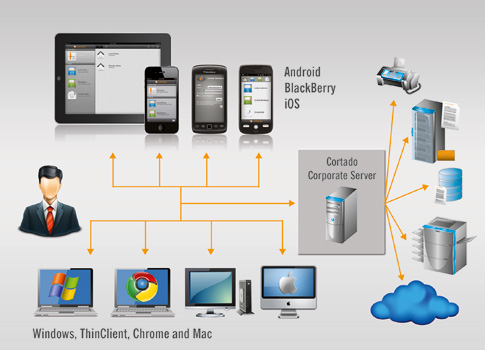6 Ways To Improve Cloud Working Environment

With the right team, attitude, resources and approach for working in a cloud-based environment, quality output is the result of an effective, productive and optimised process. Every company has experienced the trial-and-error stage, so finding the right approach to improve overall performance and productivity is needed in able to make clients satisfied and happy.
For early cloud adopters, optimum efficiency and agile response in the cloud environment is crucial on a daily basis, whether it’ll be testing an app, hosting a blog or running an e-commerce site.
To find a win-win approach, where the company and customers are satisfied and fulfilled with a day’s worth of transaction, then it’s time think about your plans for the following year.

Here are six practical ways to enhance the working space for staff with the use of the cloud infrastructure:
Plan for next year (for those who are utilising basic cloud resources) and assess which of the IT deliverables need improvement, what needs to done, what you should remove and what should you deploy. Meet the key people and discuss these with them.
Talk to your cloud specialist and share your plans to further optimise the cloud services you are currently using. Anticipate the unexpected for the coming months during the first quarter and make sure the cloud servers are ready for scaling up during peak seasons. Are you in a public cloud? Do you plan to go hybrid? Make sure the right cloud services matches your business and IT needs.
Decide which of the apps and software that you frequently use (as a team) can be integrated in the cloud. Email solutions like mailbox hosting and Microsoft Exchange are deployable in the cloud, same as with SharePoint for calendaring, project collaboration and management. Choose wisely the key apps to integrate in the cloud for seamless collaborate, ensuring productivity and efficiency.
The cloud is capable to handle your mission-critical apps, combining it with your existing team and cloud technical engineers from the cloud vendor, using these services will spare you from the anxiety of downtime servers that powers your apps and websites. Be proactive on enhancing the architecture’s performance for comprehensive monitoring to ensure that your platform is available.
Web and blog hosting in the cloud speed up page loading and overall website performance compared to traditional web hosting solution that uses physical servers. Integrating these in the cloud ensures that your websites are able to handle bottleneck traffic.
Other businesses leverage on managed cloud services where they allow the cloud specialists to take over the IT infrastructure, sparing them from expensive legacy solutions such as acquisition of hardware, software and licenses and maintenance. With managed cloud services, you’ll have an access on technical support and an optimal cloud server configuration and freely customise the resources you need for the entire infrastructure.
